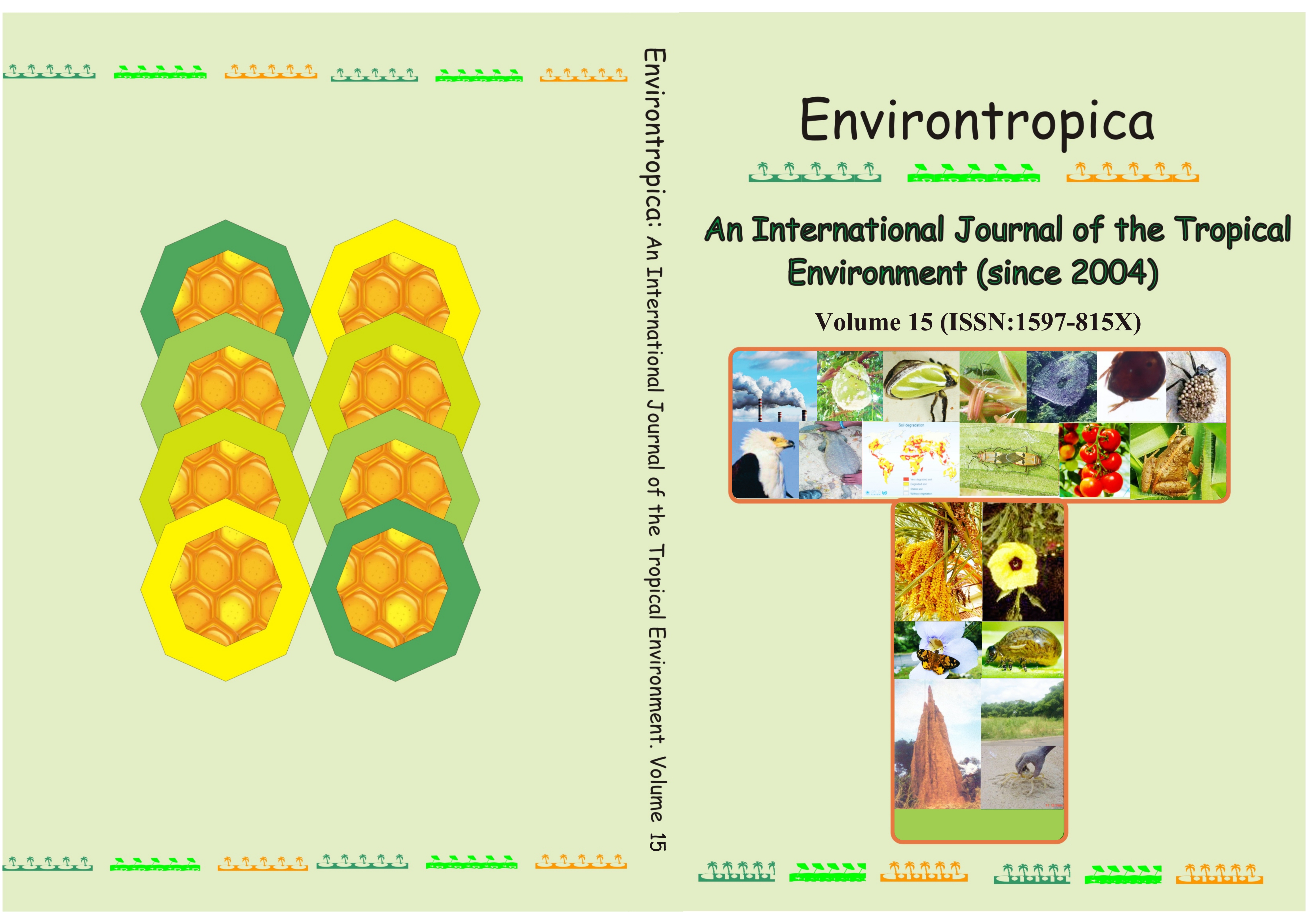
By Adejumo S.A.
Abstract
Heavy metal contamination of agricultural lands poses serious threat to food security. Lead (Pb) and Chromium (Cr) are among the most toxic heavy metals reported but least studied. Their presence in soils has detrimental effects on crop productivity. Among different ways of remediating contaminated sites, phytoremediation technology like phytoextraction is now receiving greater attention. It involves the use of plants for cleaning heavy metal polluted media. It is environment-friendly, aesthetically appealing, cost-effective and can be applied in-situ. The plant species that are used for this process are metal tolerant and some of them called hyperaccumulators possess the ability of accumulating high concentrations of specific metals in the above-ground tissue. They have developed several mechanisms both at the genetic and molecular levels for their adaptability and efficiency. The molecular mechanisms could either be enzymatic or non-enzymatic. The enzymatic mechanism involves the participation of different antioxidant enzymes while the non-enzymatic strategies are based on the production of different antioxidant compounds for scavenging reactive oxygen species which are produced in heavy-metal stressed plants. For tolerance and metal accumulation in the above-ground parts of an hyperaccumulator, metal homoestasis through over-expression of different genes have also been reported. In this review, heavy metal toxicity, phytoremediation options and mechanisms of hyperaccumulation and tolerance in plants are discussed with focus on Pb and Cr.


